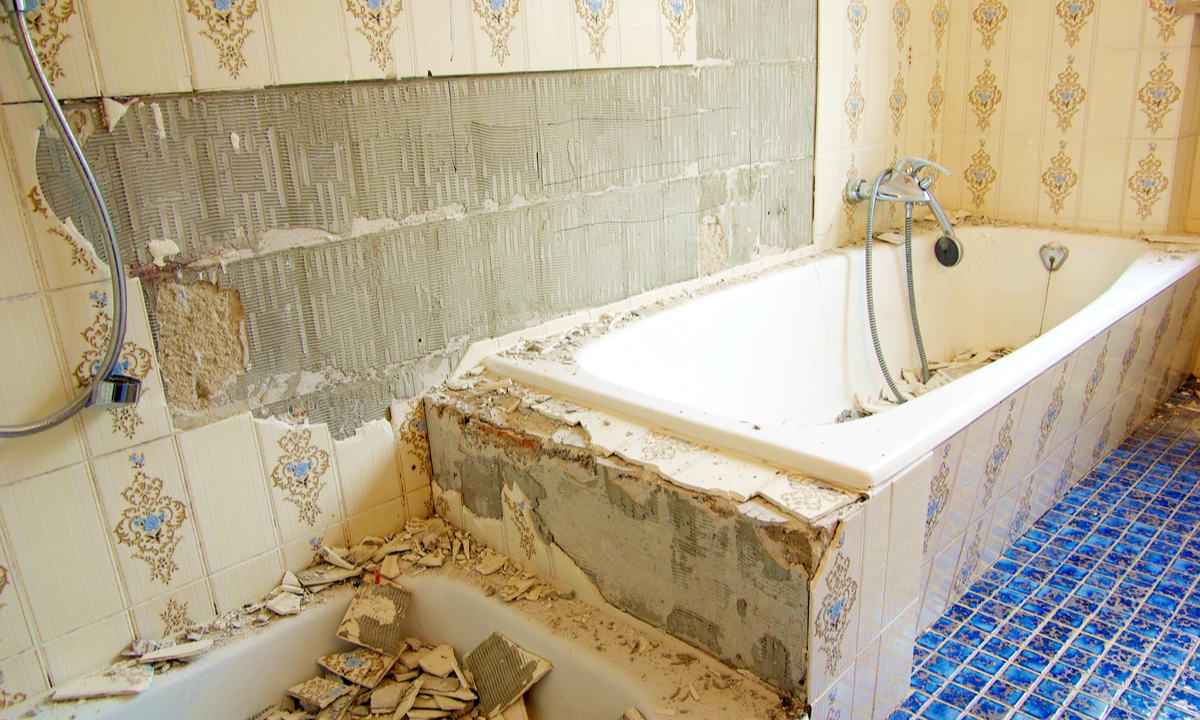Walk-In Showers: Modern Features, Styles, and Installation in 2025
Walk-in showers have become increasingly popular in recent years, offering a blend of practicality, style, and accessibility. As we look ahead to 2025, these innovative bathroom fixtures continue to evolve, incorporating cutting-edge features and designs that cater to the changing needs of homeowners. This article explores the latest trends in walk-in showers, from their key benefits to design considerations and installation processes, helping you make an informed decision for your home renovation project.

What Are the Key Benefits of Walk-In Showers?
Walk-in showers offer numerous advantages that make them a preferred choice for many homeowners. Firstly, they provide enhanced accessibility, making them ideal for individuals with mobility issues or those planning to age in place. The absence of a threshold eliminates tripping hazards and allows for easy entry and exit.
Another significant benefit is the increased space and openness they bring to a bathroom. Walk-in showers can make even small bathrooms feel more spacious and luxurious. They’re also easier to clean and maintain compared to traditional shower enclosures, as there are fewer nooks and crannies where mold and mildew can accumulate.
Additionally, walk-in showers offer greater design flexibility. They can be customized to fit various bathroom layouts and personal preferences, allowing for a seamless integration with your overall bathroom aesthetic.
What Design Considerations Should UK Homeowners Consider?
When planning a walk-in shower, UK homeowners should take several factors into account. The first consideration is size. Ensure that your bathroom has enough space to accommodate a walk-in shower comfortably. A minimum area of 900mm x 900mm is typically recommended, but larger spaces can offer more luxury and functionality.
Water containment is another crucial aspect. Without a door or curtain, proper drainage and sloping of the shower floor are essential to prevent water from spreading across the bathroom. Consider installing a glass panel or a partial wall to contain splashes effectively.
Material selection is also important. Non-slip tiles or textured surfaces are vital for safety, especially in wet conditions. For a modern look, large-format tiles or seamless surfaces like Corian can create a sleek, contemporary aesthetic.
Lighting plays a significant role in the overall ambiance of your walk-in shower. Consider incorporating waterproof LED lights or installing a skylight for natural illumination, enhancing both functionality and atmosphere.
How Complex is the Installation Process?
The complexity of installing a walk-in shower can vary depending on your existing bathroom layout and the specific design you choose. In general, the process involves several key steps that require professional expertise.
First, the area needs to be waterproofed thoroughly to prevent leaks and water damage. This typically includes applying a waterproof membrane to the walls and floor. Next, the drainage system must be installed, ensuring proper slope for efficient water flow.
If you’re converting a traditional shower or bathtub area, some plumbing modifications may be necessary. This could involve relocating pipes or installing new ones to accommodate the walk-in shower’s layout.
Tiling or applying the chosen wall and floor finishes is the next step, followed by the installation of fixtures such as showerheads, controls, and any additional features like built-in shelves or seating.
While some DIY enthusiasts might tackle parts of the project, it’s generally recommended to hire professional installers, especially for waterproofing and plumbing work. This ensures compliance with local building codes and proper execution of critical elements.
What Are the Latest Features and Technologies for Walk-In Showers in 2025?
As we move into 2025, walk-in showers are incorporating advanced features that enhance comfort, efficiency, and user experience. Digital shower controls allow precise temperature and flow adjustments, often with programmable settings for different users. Some systems even offer voice-activated commands for a hands-free experience.
Water-saving technologies have become more sophisticated, with high-efficiency showerheads that maintain pressure while reducing water consumption. Thermostatic valves ensure consistent water temperature, preventing sudden changes that could cause discomfort or injury.
Integrated smart home features are also gaining popularity. Shower systems that connect to your home’s Wi-Fi can provide usage data, helping you track water consumption and energy efficiency. Some even offer chromotherapy lighting options, allowing you to set different moods with colored LED lights.
How Can Homeowners Maintain Their Walk-In Showers for Longevity?
Proper maintenance is key to ensuring the longevity and performance of your walk-in shower. Regular cleaning is essential to prevent the buildup of soap scum, mildew, and mineral deposits. Use non-abrasive cleaners suitable for your shower’s surfaces to avoid damage.
Inspect and clean the drain regularly to prevent clogs. If you have a glass panel, squeegee it after each use to minimize water spots and mineral buildup. For tile grout, apply a sealant annually to protect against moisture and staining.
Check caulking and seals periodically, replacing them if they show signs of wear or mold growth. This helps maintain the shower’s waterproof integrity and prevents potential water damage to surrounding areas.
By following these maintenance tips and addressing any issues promptly, homeowners can enjoy their walk-in showers for many years, maintaining both functionality and aesthetic appeal well into the future.




